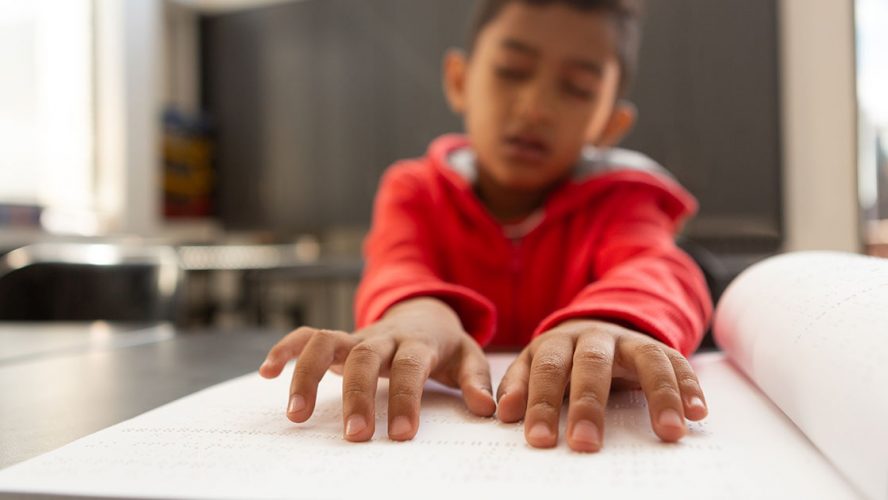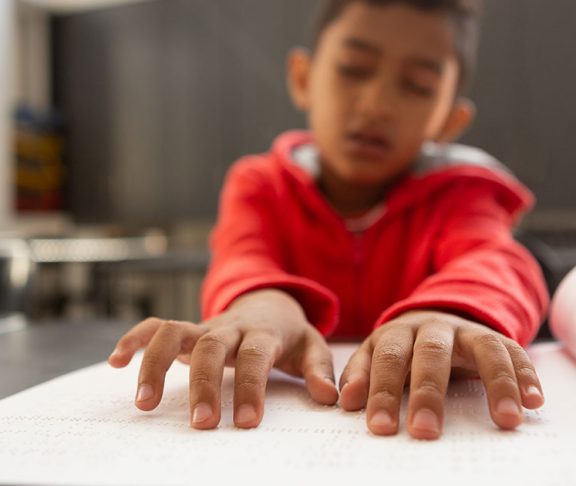
Dr. L. Penny Rosenblum
Director of Research, American Foundation for the Blind
The pandemic’s impact on students who are blind or low-vision, and the educators who work with them, is personal for me.
I spent 34 years as a teacher of students with visual impairments (TVI) while having a visual impairment myself. Now as a director of research for the American Foundation for the Blind, I was proud to serve as lead researcher on the Access and Engagement report, which examined the impact of the COVID-19 pandemic on the education of children and youth with visual impairments, including those with additional disabilities and deafblindness. The collaborative study included responses from 1,432 individuals in the United States and Canada who represented 455 children, 710 TVIs, 138 orientation and mobility (O&M) specialists, and 180 dually certified professionals.
For all children, families, and educators, the quick shift to remote education in spring 2020 presented significant challenges. For students with visual impairments, the shift has widened the gap in educational equality.
Findings and results
For example, findings in the study showed:
- Thirteen percent of students did not receive educational services in the spring during the COVID-19 pandemic. Meanwhile, 61 percent attended school online, and 43 percent of students attending online had difficulty or were unable to access online programs because of their visual impairment.
- Students had tools at school they did not have access to at home: 17 percent did not have a tablet, 21 percent did not have a laptop, 18 percent did not have a Perkins brailler, 55 percent did not have large-print books, 50 percent did not have screen reader software, and 28 percent did not have recreational Braille books.
For the TVIs and O&M instructors:
- Eighty-one percent of professionals were given less than one week to prepare for the shift to online or remote education due to the COVID-19 pandemic.
- Eighty-five percent of TVIs who had students in a general or special education online class described having at least one student with an accessibility issue.
- O&M specialists reported they were only able to continue working with 45 percent of their students in early intervention, preschool, and/or those with additional disabilities.
Working hard
Organizations such as the American Foundation for the Blind are hard at work using the results of the Access and Engagement study in our advocacy work. But the work cannot be done by organizations alone. There are concrete steps you can take, whether you’re a student, a family member or guardian, an administrator, or someone who is invested in the education of children with visual impairments.
Whether it’s sharing the report with administrators and legislators, writing a letter to the editor of your local paper, or contacting manufacturers of educational tools that are not accessible to students with disabilities, it is imperative that our communities come together to ensure students with visual impairments, including those with additional disabilities and deafblindness, are able to access and engage in education. Visit afb.org/AccessEngagement to learn more.

